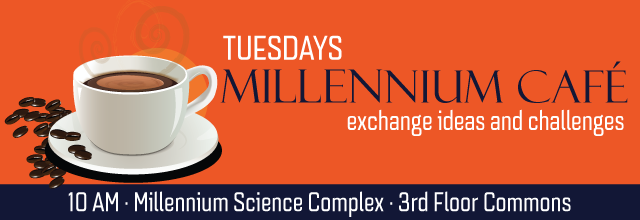
Nature’s photosynthesis shows how light can efficiently power complex chemical reactions—a concept that inspires modern photoredox catalysis. While small molecule photocatalysts have revolutionized organic synthesis, major bottlenecks remain in the efficiency and purification of these processes. We have developed novel homogeneous, recyclable polymer-based photocatalysts for various applications. Here, I will discuss our organic and metal-based homogeneous polymer-based photocatalysts that embrace some key design elements to accelerate photoredox reactions offering a promising route toward more sustainable chemical synthesis.
Shweta Gaikwad
Chemisty
